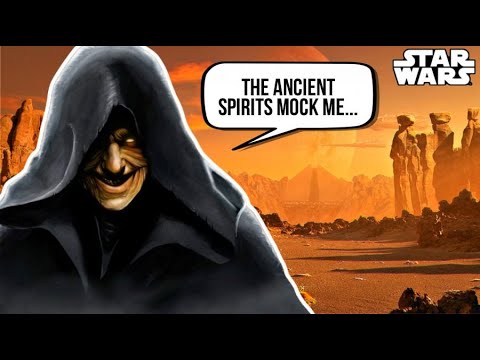Korriban, known as Pesegam during the reign of Xim, and also known as Moraband by the time of the Clone Wars, was the sole planet in the Horuset system, located across the galaxy from Koros Major. It was the original homeworld of the Sith species and a sacred planet for the Sith Order, housing the tombs for many ancient and powerful Dark Lords of the Sith, and containing immense dark side power.
After the Hundred-Year Darkness, the remaining Dark Jedi interbred with the Sith species and ruled the Sith using their Force powers. After the Great Hyperspace War, Korriban was abandoned and became a barren world. It was the site of a Sith Academy, and became the headquarters of the One Sith.
It was close to Bosthirda and was located on the Nache Bhelfia and Kamat Krote hyperspace lanes.
Korriban first appeared in Tales of the Jedi – Dark Lords of the Sith 2. The name of the planet was conceived by Kevin J. Anderson.
Though Ziost was established as the original Sith homeworld in Star Wars: Tales of the Jedi — The Golden Age of the Sith, many sources described Korriban as the Sith homeworld. It was the «public» capital world of the Sith Empire during the era of Darth Revan, but was a mausoleum-world for millennia beforehand and would return to such a state not long after.
The controversy was put to rest in the article Evil Never Dies: The Sith Dynasties by Abel G. Peña, which clearly established the Sith originating on Korriban and relocating the capital to Ziost before the arrival of the Dark Jedi exiles during the Hundred-Year Darkness, though the Dark Jedi exiles themselves landed on Korriban.
In Star Wars: The Force Unleashed, entering the word «KORRIBAN» in the «Input Code» section unlocks the Sith stalker armor.
Korriban appears in the final episodes of Star Wars: The Clone Wars. George Lucas preferred the name «Moraband» to Korriban during story development, leading the episode «Sacrifice» to refer to the planet as Moraband. The episode guide’s trivia gallery clarified the issue, stating that Korriban has had multiple names throughout its history, suggesting that both names are equally as valid.

